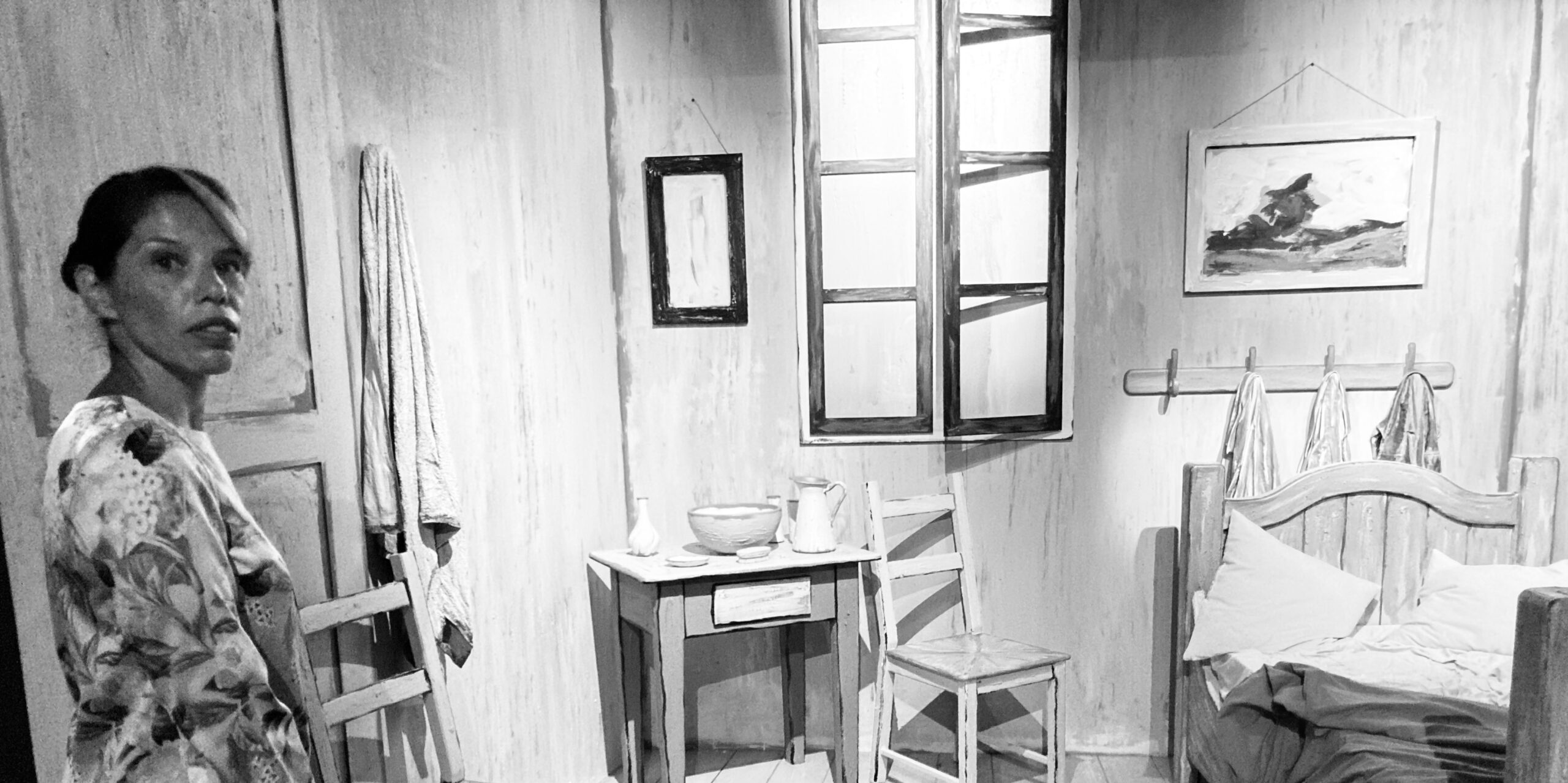For years, I relished and appreciated the moments of sitting on a yoga mat, letting my mind drift during an hour-long yoga class. The stretches were abundant, but the psyche met a new level of serenity. From that moment on, I was hooked to yoga, enamored with finding the breath I desperately needed from the supersonic work days. Fast forward ten-plus years, and I still rely on the mat for the deep stretches and the pause for deep breathing.
Somewhere during my time cruising an art gallery, I realized how art set a tone similar to how yoga eased my mind and body. Whether it be a moving meditation in a gallery or art’s impact on my soul, the effect parallels a yoga class.
Elizabeth Weinstein of County Roads noted in her article The Connection Between Art & Wellness that having an aesthetic experience such as gazing at a painting or listening to music—or better yet, engaging in a creative activity like singing or drawing—provides a host of therapeutic benefits, ranging from lowering stress and healing mental anguish to improving memory and fostering empathy. And what better place than an art gallery or a student’s art classroom to offer these mindful benefits through the arts?
Museums such as the Tate have expanded their user experience to connect the human brain to art by encouraging the spectator to recognize how an art piece makes them feel. Every piece elicits a different response, but often a unique piece or one we have seen in multitude may one day perpetuate a feeling we have yet to experience. The glory of art is its magic ability to soothe the soul by glancing at it, creating it, or hearing it. Art, for many, is the medicinal choice when searching for balance.
Girija Kaimal stated in her article How Art Can Heal that art therapy can influence a range of human functioning…including self-perception and interpersonal interactions. Even a 45-minute creative activity can change a person’s mental state. Among healthy adults, some solitary activities, such as coloring, can help reduce stress and negative feelings…it can significantly enhance positive mood and boost measures of well-being, such as self-confidence and self-perception of creative abilities.
When art has such power, we crave ways to access it for its nourishing effects, but our civic duty lies in the power of assisting populations with limited access to the arts. Art shouldn’t be a luxury and unobtainable as art in any medium should be available to all.
The impact of art and human connection was an area I studied during graduate school, thus birthing my thesis around the impact of art as a means to decrease youth violence. When children have access to the arts, so much positivity and self-development is possible. While this topic is still ongoing, one matter remains consistent; the arts can heal, the arts can broaden the mind, and the arts can be an outlet for one to grow, evolve, or prosper at any age. Art is magical and should be afforded to all without question.
“Art enables us to find ourselves and lose ourselves at the same time” – Thomas Merton.
{Mindfully curated by Debra Gudema for Well&Co.}

